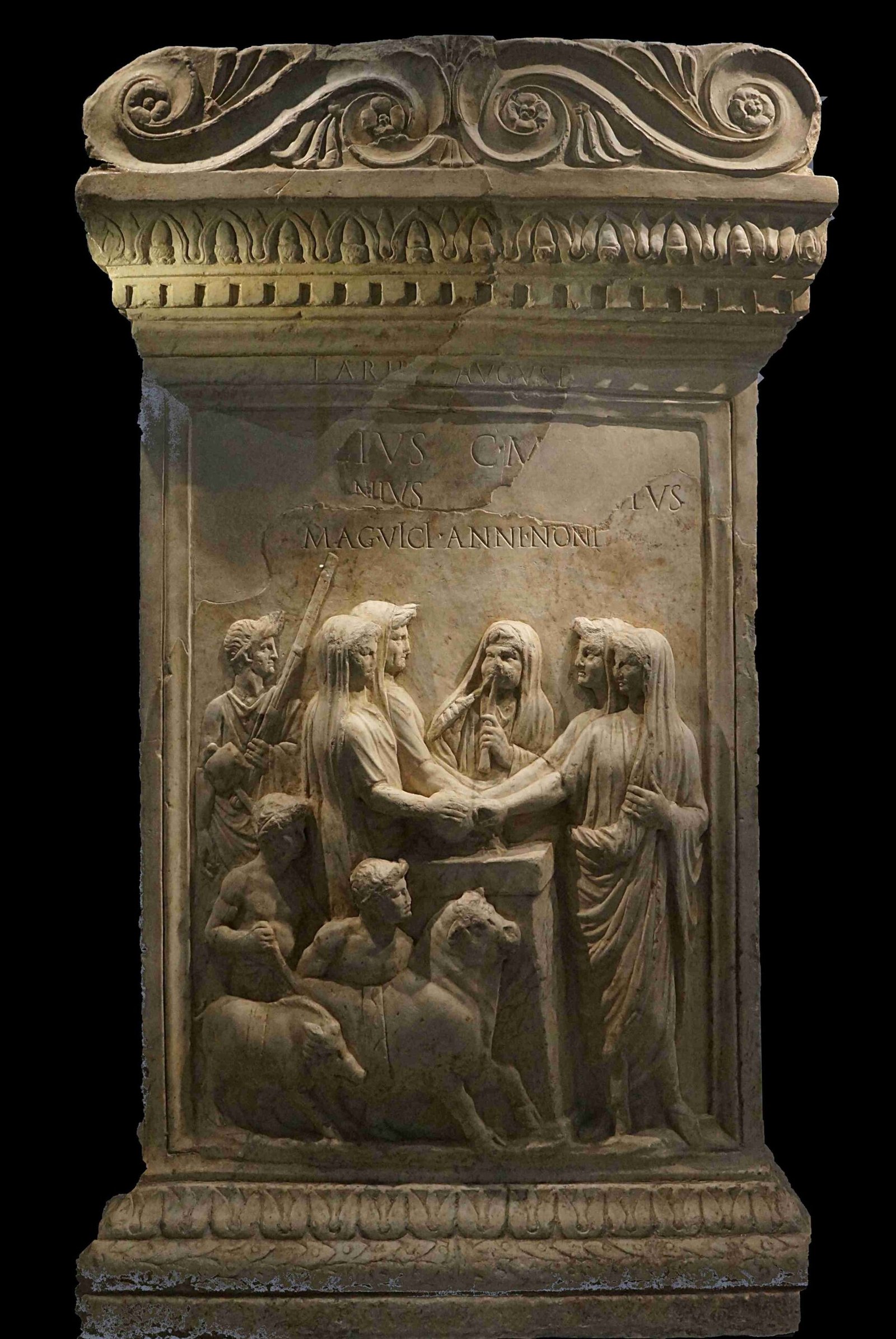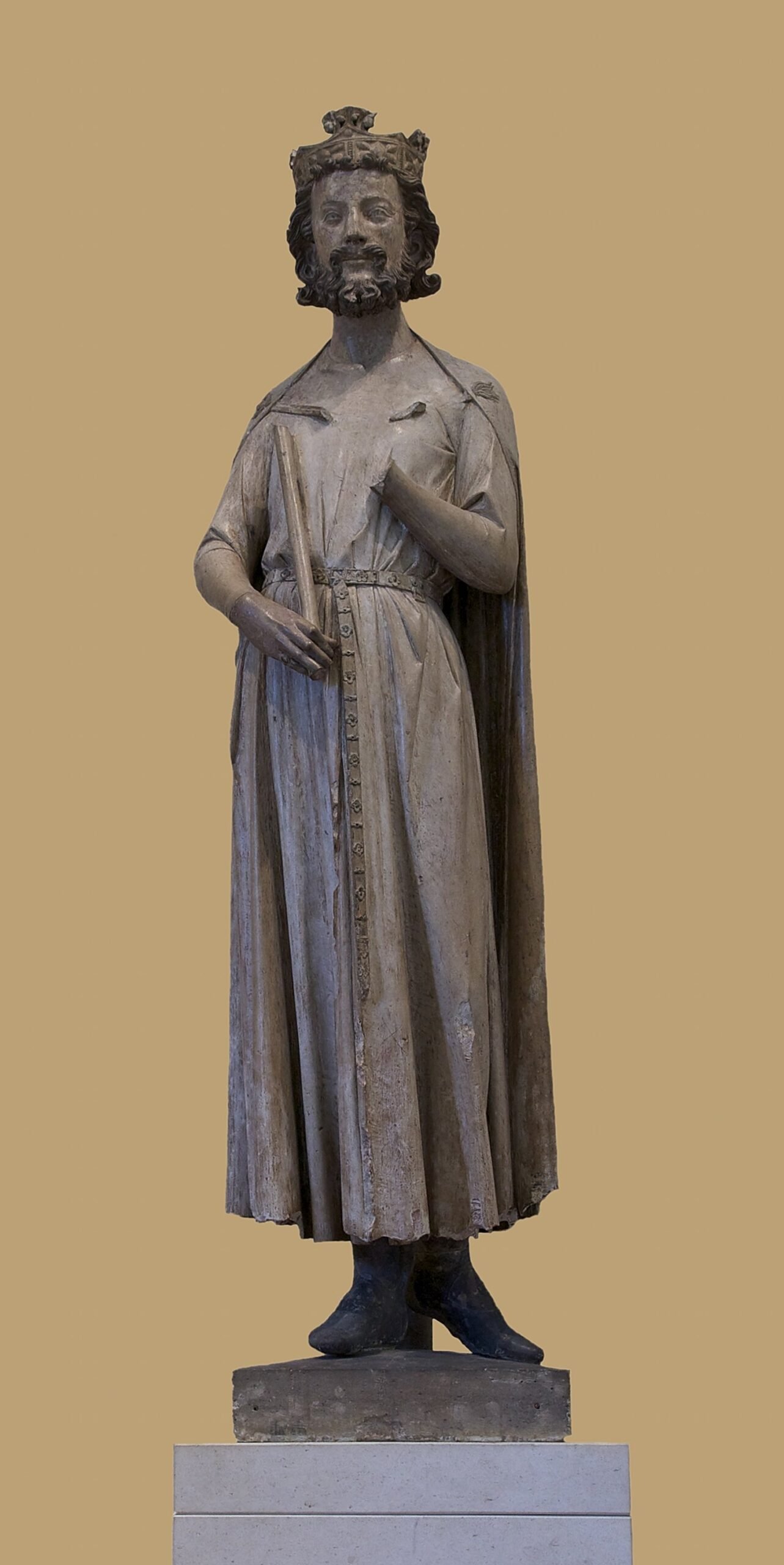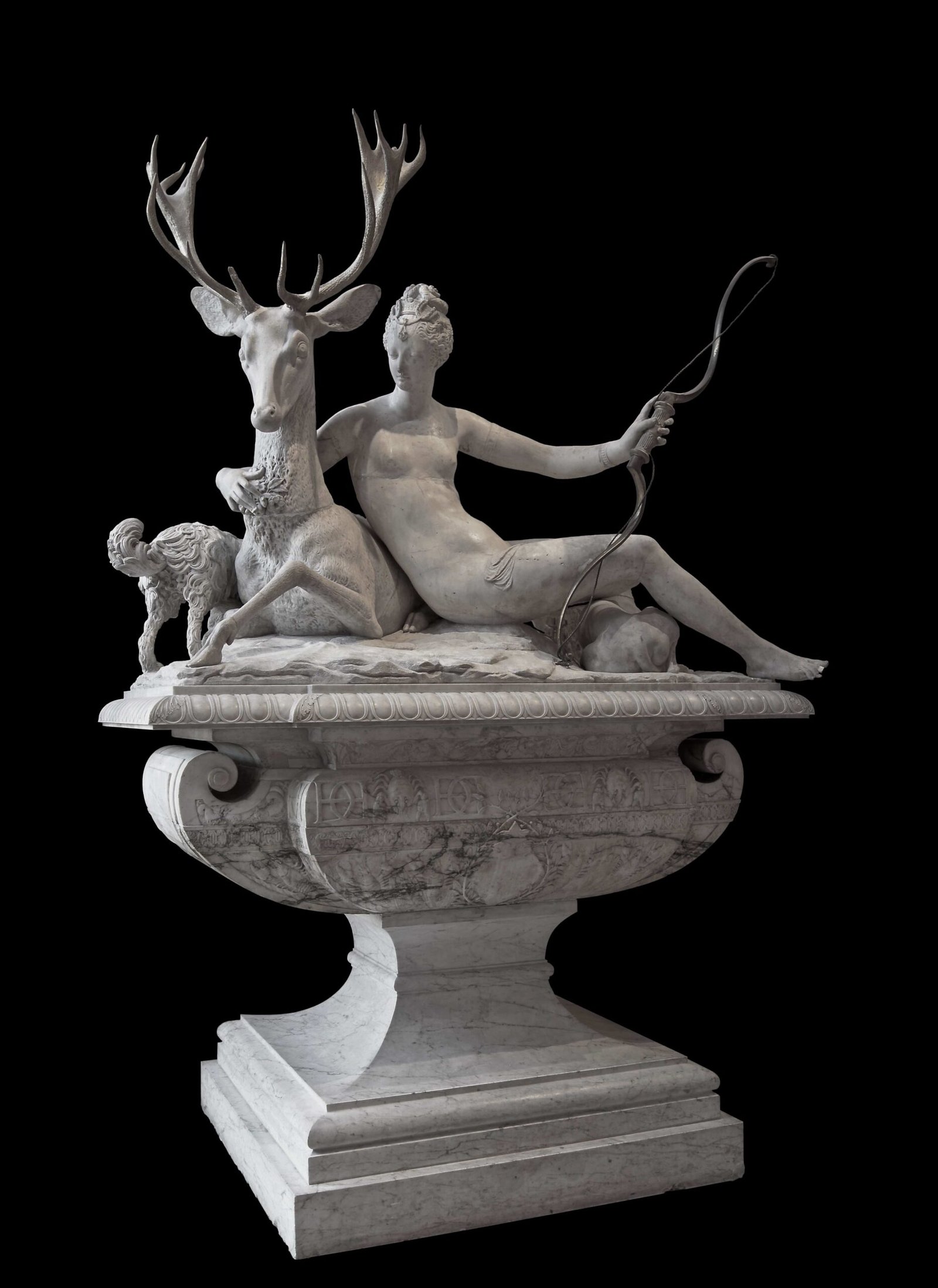The Asian exhibit at the Louvre Museum offers a captivating journey through the rich artistic heritage of the East. Housed primarily within the Islamic Art and Near Eastern Antiquities departments, this collection showcases an array of masterpieces from various Asian cultures. From intricate ceramic tiles to rare Sogdian frescoes, the exhibit provides visitors with a unique glimpse into the diverse artistic traditions of Asia, spanning centuries of history and craftsmanship.
What Does the Asian Exhibit at the Louvre Museum Encompass?

The Asian exhibit at the Louvre Museum is a treasure trove of Eastern art, featuring works from various regions and periods. Here’s an overview of the key components:
- Islamic Art Collection
- Near Eastern Antiquities
- Central Asian Art
Islamic Art Collection
The Islamic Art section is one of the highlights of the Asian exhibit, showcasing a wide range of artifacts from different Islamic cultures. Some notable pieces include:
- 63 ceramic tiles from 17th-century Iran
- Moghul-era carpets from India
- Miniature paintings depicting scenes from the Thousand and One Nights
- A 10th-century Samanid dynasty silk fragment
- The oldest known celestial globe from the Islamic world
Near Eastern Antiquities
This section of the exhibit focuses on artifacts from ancient civilizations in the Near East, including:
- Mesopotamian sculptures
- Assyrian reliefs
- Persian artifacts
Central Asian Art
The Central Asian art collection, though smaller, offers unique insights into the cultures along the Silk Road. A standout piece is the set of Sogdian frescoes from Uzbekistan, often referred to as the “Mona Lisa of Uzbekistan.”
What Are the Must-See Pieces in the Asian Exhibit?

When visiting the Asian exhibit at the Louvre Museum, make sure to see these exceptional works:
- Ceramic Tile Wall: A stunning display of 63 ceramic tiles from 17th-century Iran, once part of a palace.
- Samanid Dynasty Silk: The oldest known surviving silk textile from the royal workshops of the Samanid dynasty.
- Celestial Globe: The oldest known globe from the Islamic world, featuring over 1,000 stars represented by silver dots.
- Sogdian Frescoes: Rare examples of Sogdian culture, depicting scenes from various Asian cultures.
- Moghul-era Carpets: Exquisite carpets showcasing the craftsmanship of India’s Moghul era.
How Can Visitors Navigate the Asian Exhibit?
Navigating the Asian exhibit at the Louvre can be an enriching experience with proper planning. Here are some tips:
- Start Early: Begin your visit in the morning to avoid crowds.
- Use a Map: Obtain a museum map to locate the Islamic Art and Near Eastern Antiquities departments.
- Take a Guided Tour: Consider joining a guided tour focused on Asian art for expert insights.
- Allow Sufficient Time: Plan to spend at least 2-3 hours exploring the Asian exhibit.
What Are the Visiting Hours and Best Times to See the Asian Exhibit?
Understanding the museum’s schedule is crucial for planning your visit:
- Regular Hours: 9:00 AM to 6:00 PM on Monday, Thursday, Saturday, and Sunday
- Closed Days: Tuesday, Wednesday, December 25, and January 1
- Best Times to Visit: Early morning or late afternoon to avoid peak hours
- Special Events: Check the Louvre’s website for any special exhibitions or events related to Asian art
Are There Accessibility Features for the Asian Exhibit?
The Louvre Museum strives to make its exhibits, including the Asian collection, accessible to all visitors:
- Wheelchair accessibility throughout the museum
- Audio guides available in multiple languages
- Sign language interpretation services upon request
- Elevators to access different levels of the exhibit
What Are the Costs Associated with Visiting the Asian Exhibit?
Understanding the costs can help you plan your visit more effectively:
| Ticket Type | Price |
|---|---|
| General Admission | €18 |
| EU Residents (under 26) | Free |
| Children (under 18) | Free |
| First Saturday of each month | Free (October to March) |
Additional costs to consider:
– Audio guide rental
– Guided tour fees (if opting for a specialized Asian art tour)
– Transportation to and from the museum
How Can Visitors Enhance Their Experience of the Asian Exhibit?
To make the most of your visit to the Asian exhibit at the Louvre Museum:
- Research Beforehand: Familiarize yourself with key pieces and their historical context.
- Use the Louvre App: Download the official app for interactive maps and audio guides.
- Attend Lectures: Check if there are any talks or lectures on Asian art during your visit.
- Take Breaks: The exhibit is extensive, so pace yourself and take breaks in between.
- Visit the Gift Shop: Pick up books or replicas related to the Asian exhibit as souvenirs.
What Nearby Attractions Complement the Asian Exhibit Experience?
After exploring the Asian exhibit, consider visiting these nearby attractions to enhance your cultural experience:
- Musée Guimet (National Museum of Asian Arts)
- Cernuschi Museum (Asian Art Museum of the City of Paris)
- Institut du Monde Arabe (Arab World Institute)
These museums offer complementary collections that can provide a more comprehensive view of Asian art and culture.
The Asian exhibit at the Louvre Museum offers a unique opportunity to explore the rich artistic traditions of the East. From ancient Near Eastern artifacts to exquisite Islamic art, the collection provides a comprehensive overview of Asian cultural heritage. By planning your visit carefully and taking advantage of the museum’s resources, you can ensure a memorable and enriching experience at one of the world’s most renowned cultural institutions.

